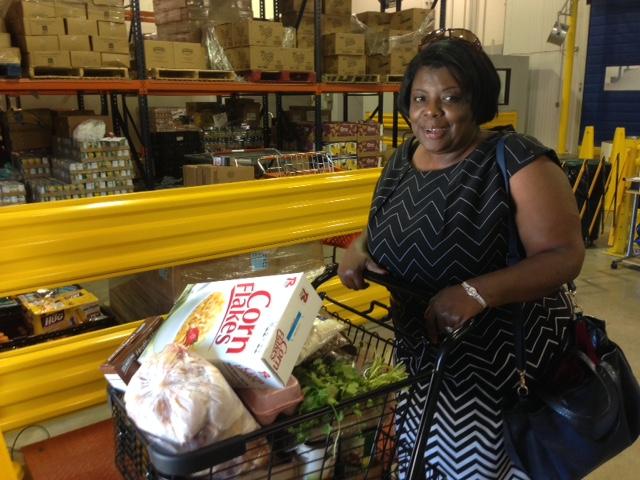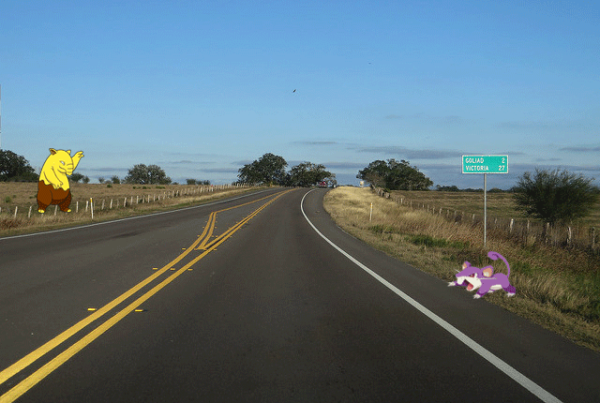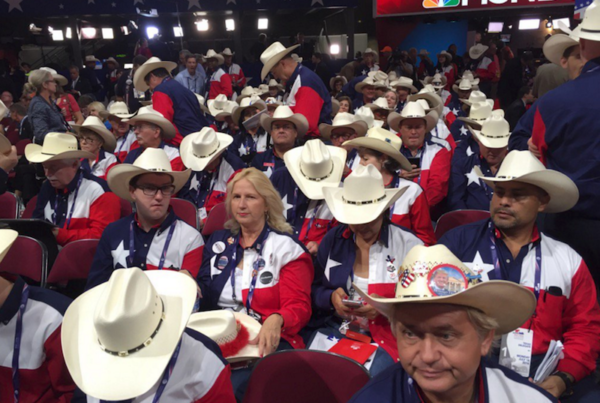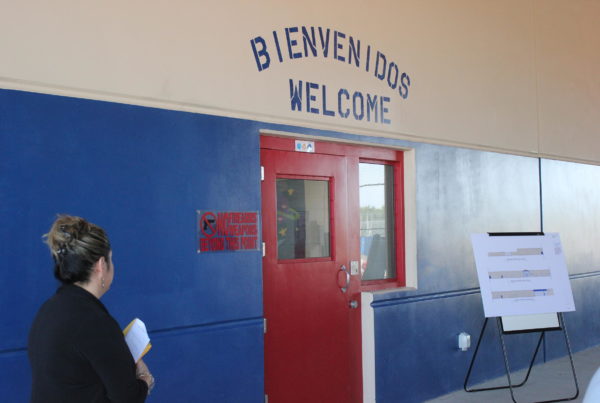From KERA News:
Simply re-arranging food pantry shelves is helping low-income families make healthier choices. It’s the same philosophy supermarkets employ – called nudging – -when the store creates a special display to feature a product.
One North Texas pantry has had luck pushing brown rice, and whole wheat pasta.
Walking into Sharing Life Community Outreach in Mesquite is like walking into a small grocery store. The two-aisle food pantry has much more on its shelves than canned goods and dried beans. It offers frozen chicken breasts, cauliflower, fresh berries—even bunches of bright green herbs.
Shelecia Morris bypasses the bread, cookies and potatoes and loads up on eggs, poultry, cilantro and fruit. She’s been to Sharing Life many times and has made changes to her diet as a result.
“I look at the different brands that they have, like the organic, I found out that it’s very good, it’s been very good so far,” she says. “So I try to eat as healthy as I can with what I can get.”
Changing Old Habits
One swap Morris recently made? Whole wheat pasta instead of regular.
“It just looked good, I said well, why not? Plus my doctor’s been on me anyway about losing weight,” she says.
Whole wheat pasta just happens to be one of the foods Sharing Life is pushing. It’s got a prominent spot on the shelf where it’s easy to see and grab, and little signs touting its health benefits hang nearby. There’s a name for this approach—“nudging.”
Feeding America partnered with the North Texas Food Bank and Cornell University to try it at pantries around the country– including Sharing Life.
Nutritional Nudges
Executive Director of Teresa Jackson says Sharing Life is simply nudging customers to take home healthier food. The thought bubble signs posted above the whole wheat pasta explain that whole grains lower cholesterol, the risk of diabetes and asthma.
“So our goal is to try and educate them and not just shove a package of whole wheat spaghetti in their car and say ‘try to deal with this,’ because we know it tastes different, and we know that kids and sometimes adults are not happy with change,” Jackson says. “But we want them to understand why we want them to take this product.”
Sometimes a nudge is as simple as putting food like brown rice in two different spots, and leaving the white rice on a single shelf.
Seeing Results
It’s not a highly technical tactic, but Sharing Life has research that proves it’s working.
“At the beginning of the project we only had about 14 percent of our clients willingly taking the brown rice and the brown pasta, they were not interested in it,” Jackson says. “But after we created these nudges, it went from 14 to 44. And it’s changing their palate. As they’ve tried new things, that makes them more willing to try new things in the future.”
Because people living in poverty don’t always have a lot of choices when it comes to putting food on the table, being open to healthy options, can change mealtime, and wellness, for the entire family.

















